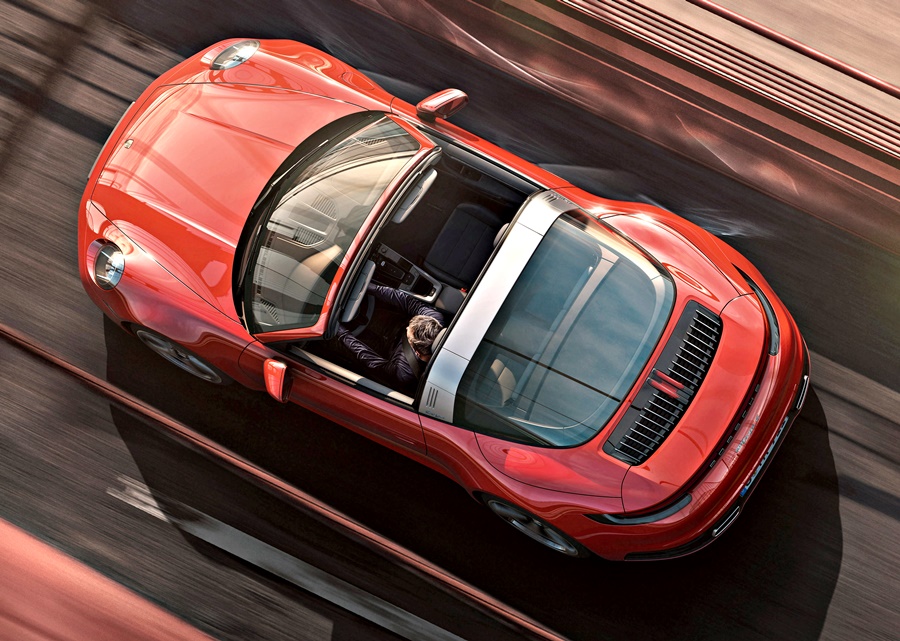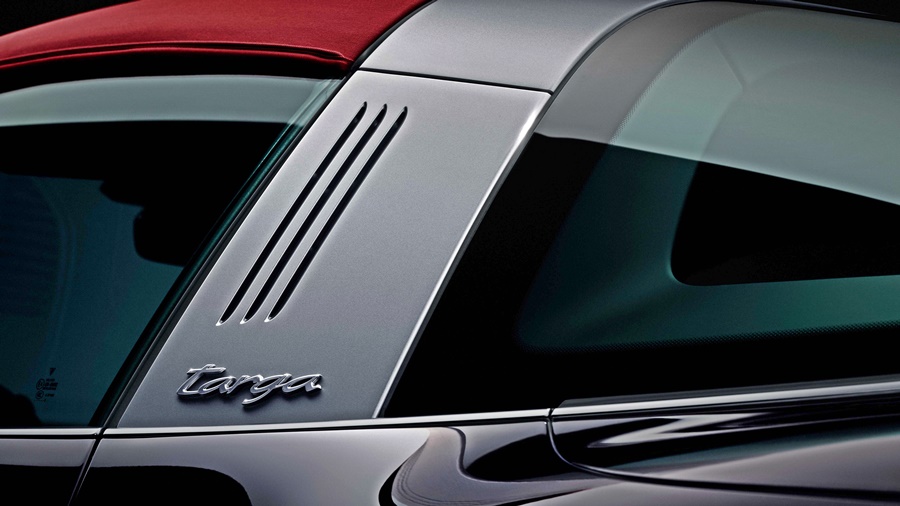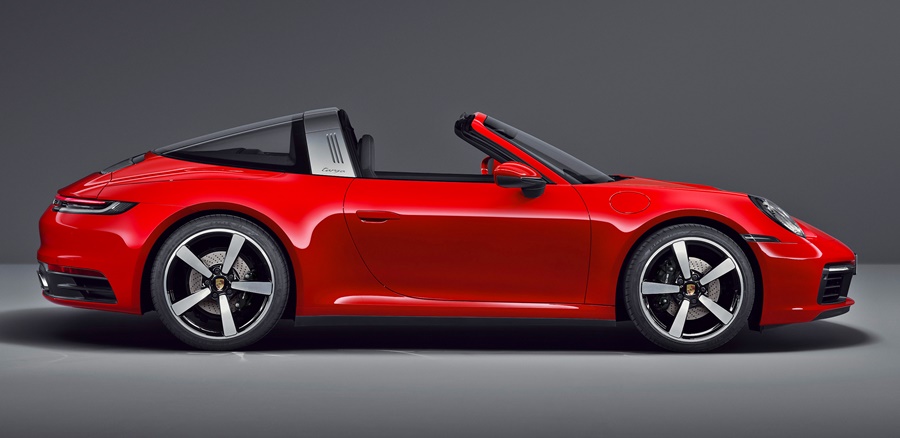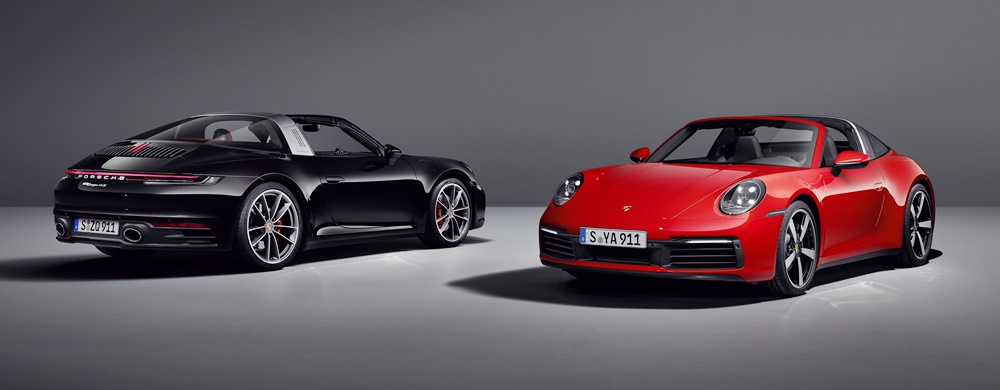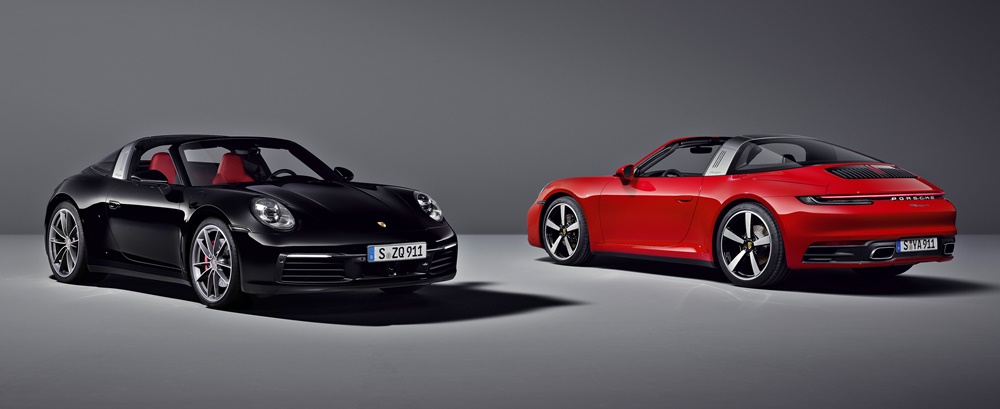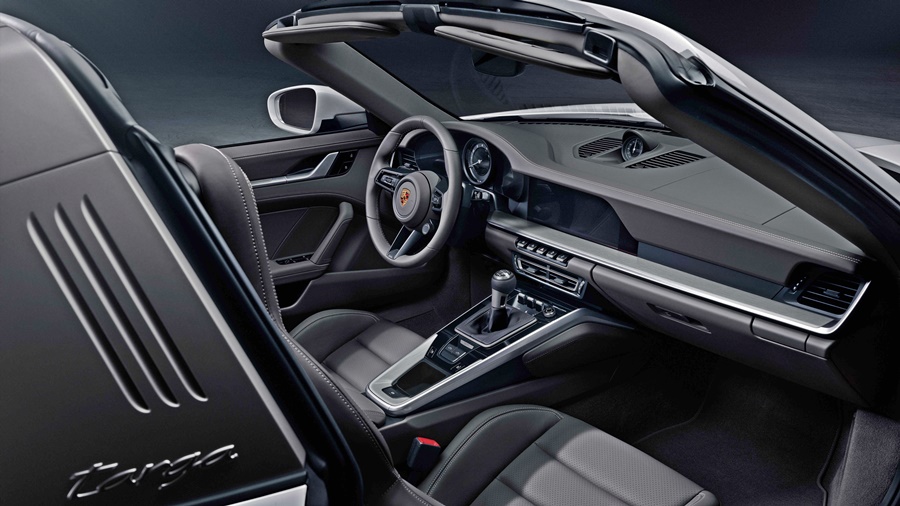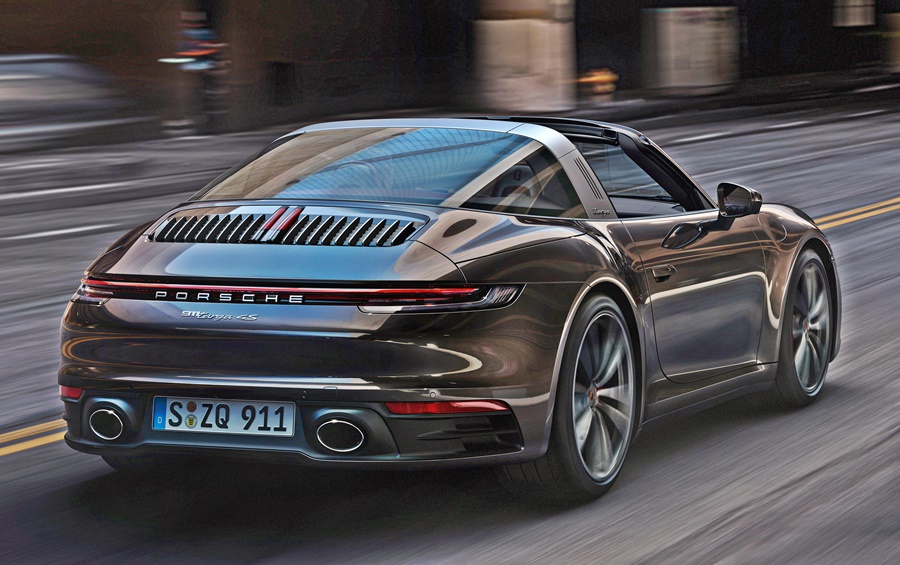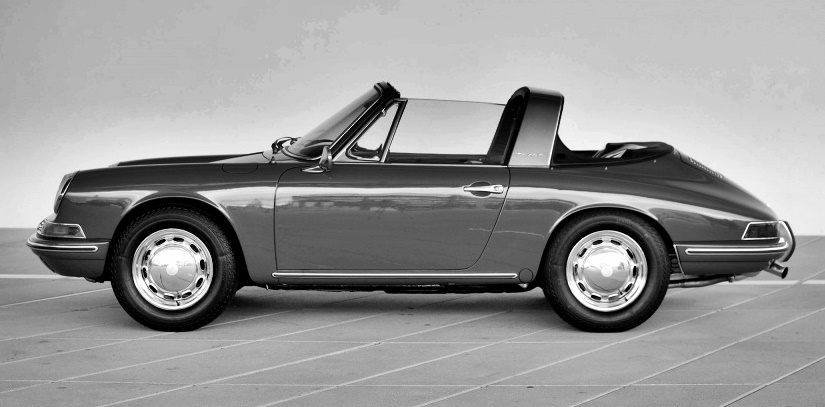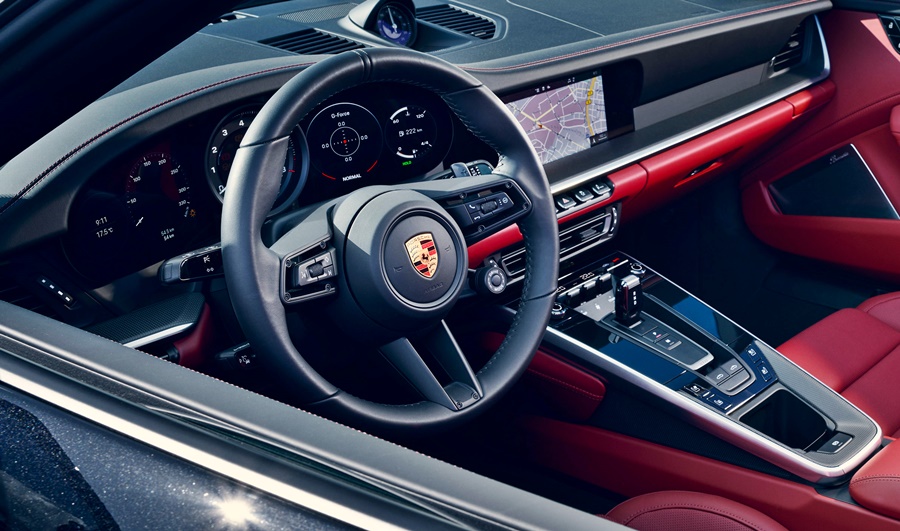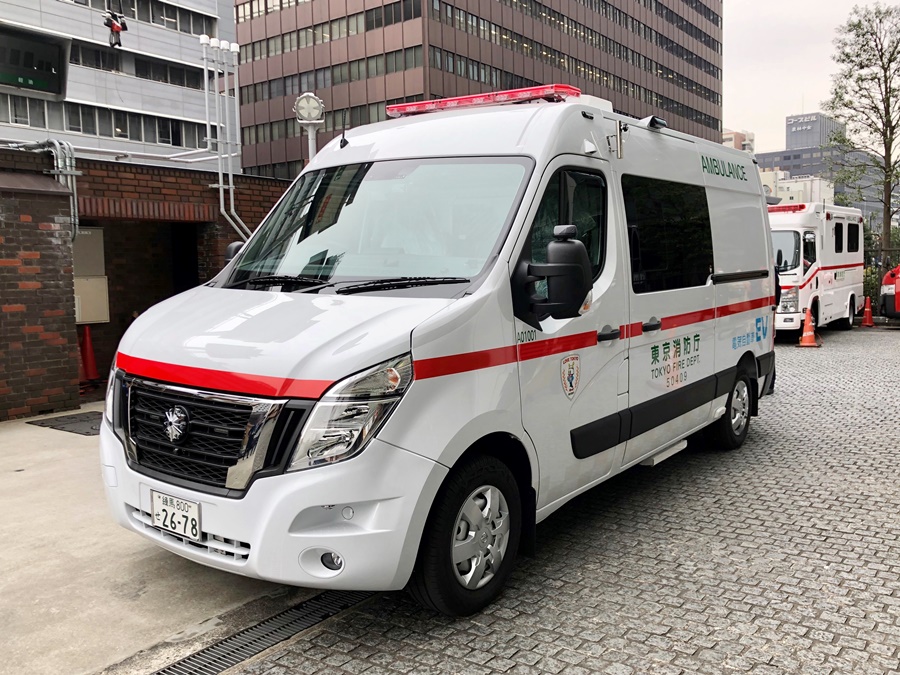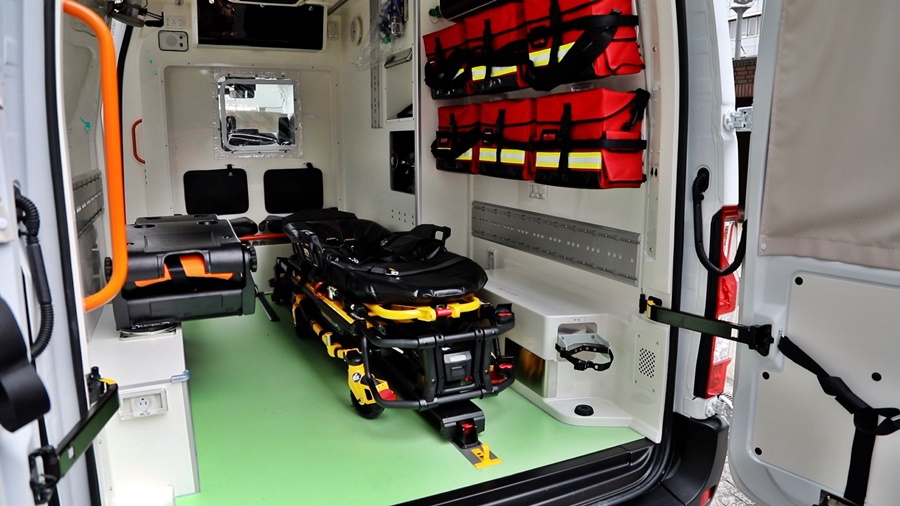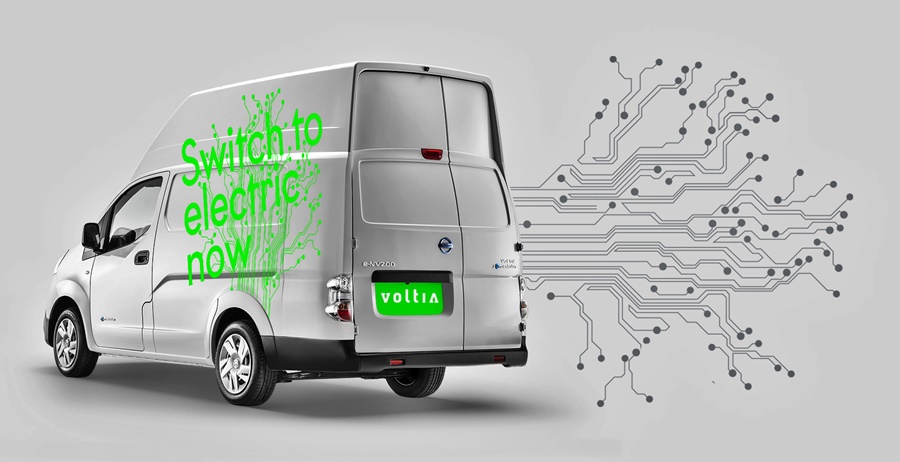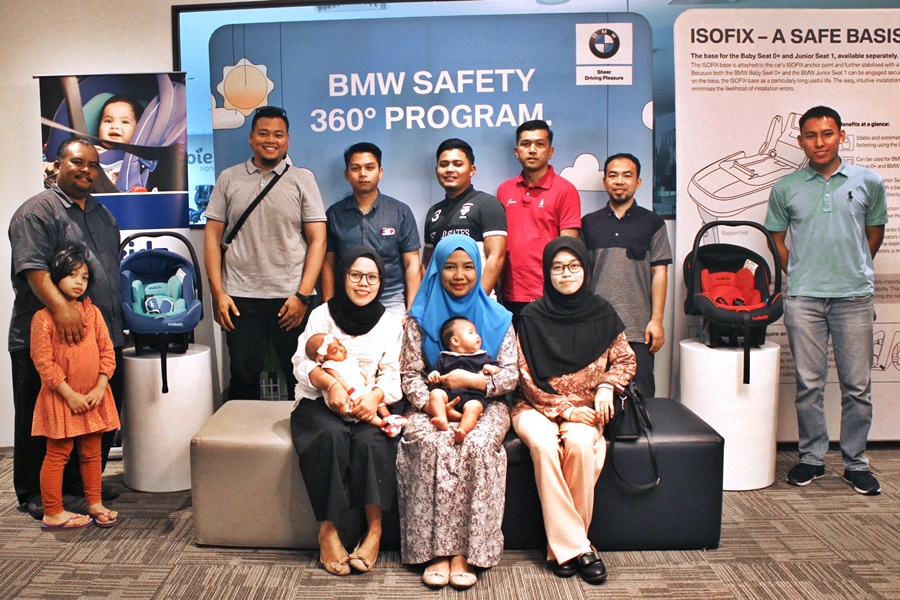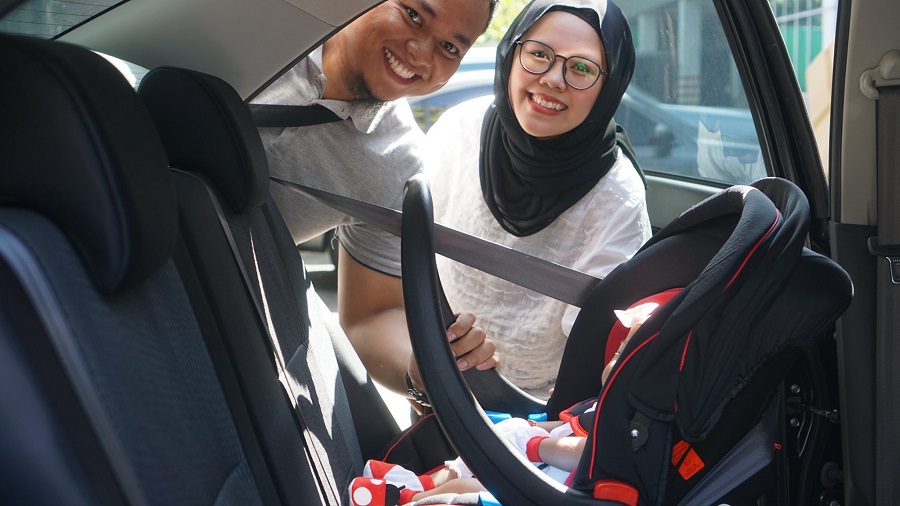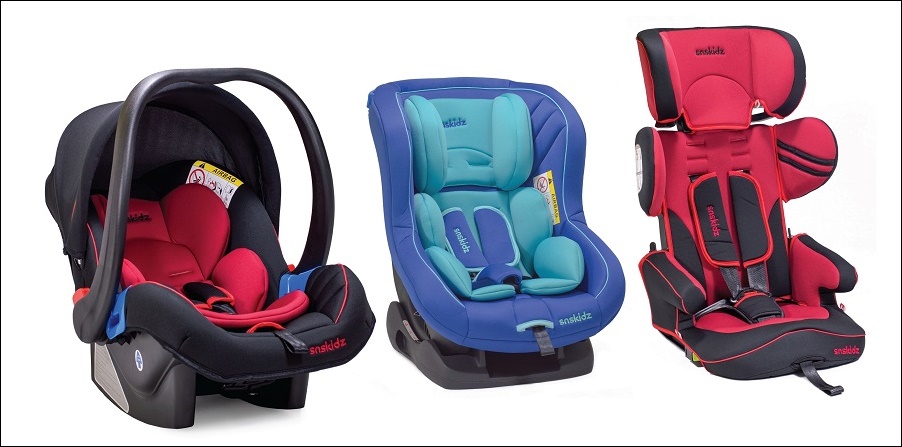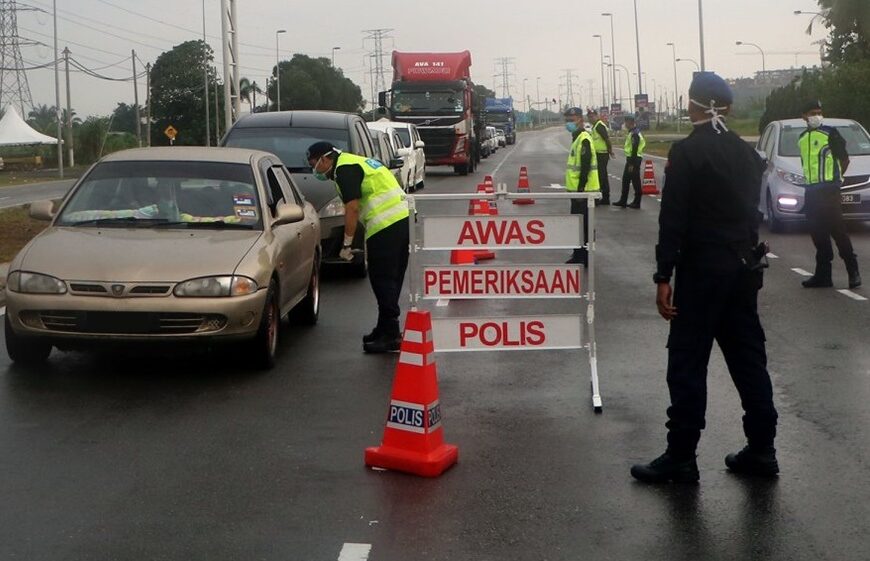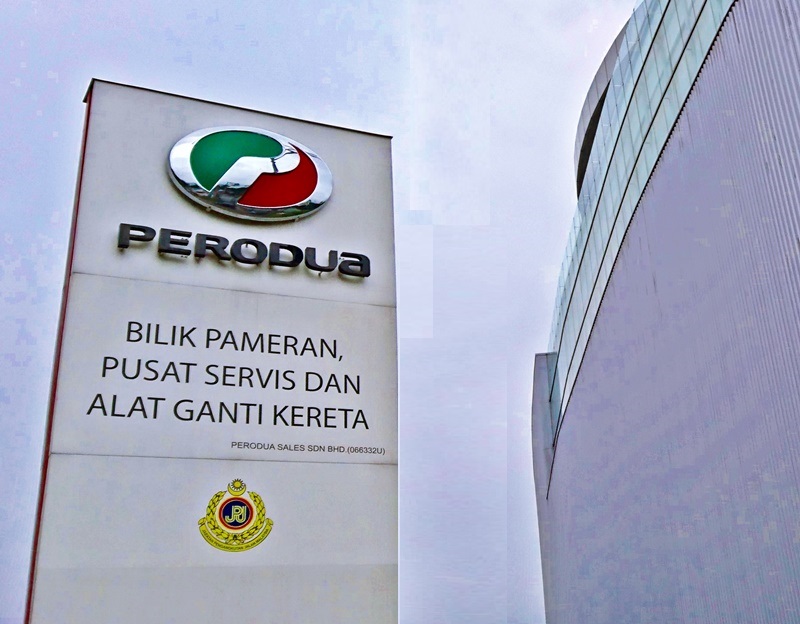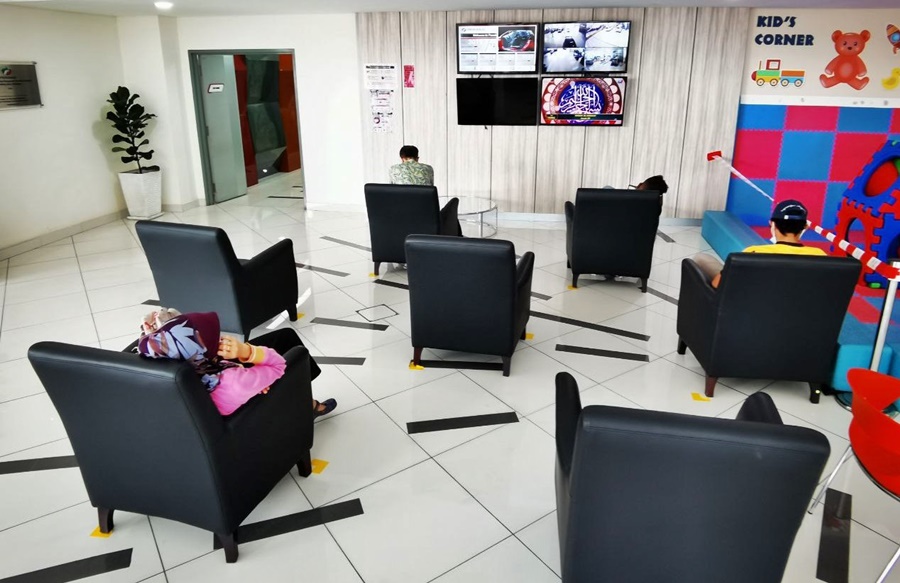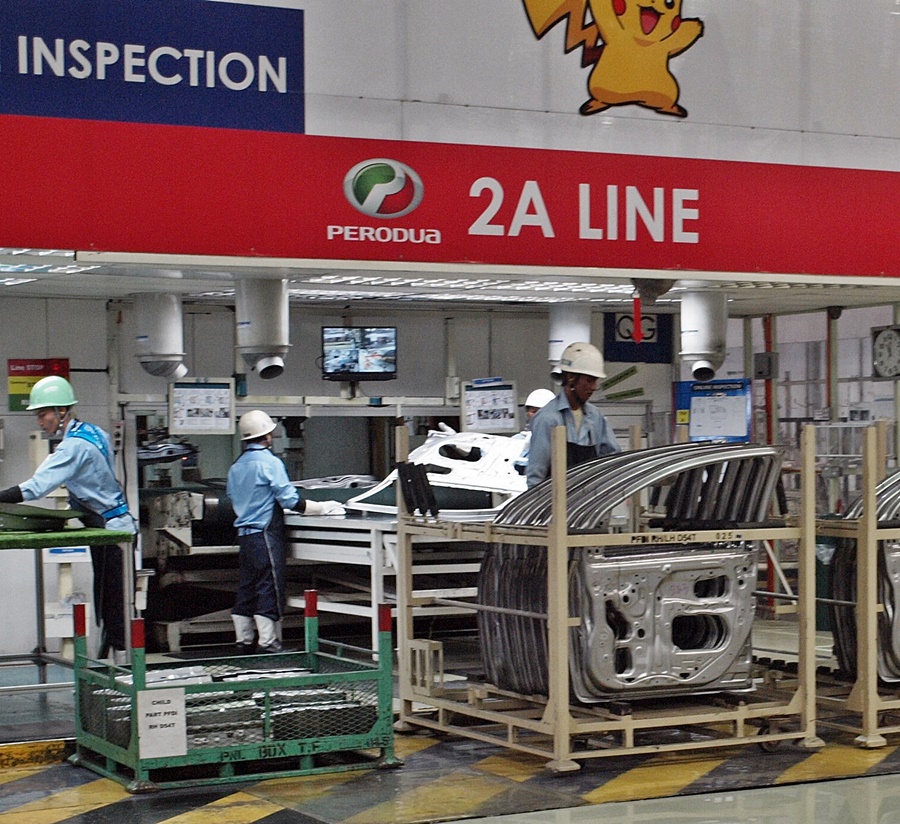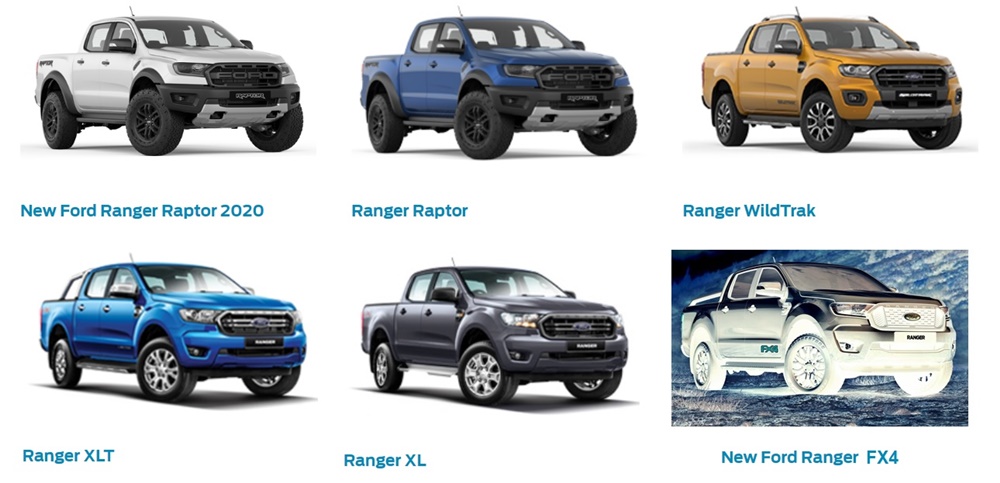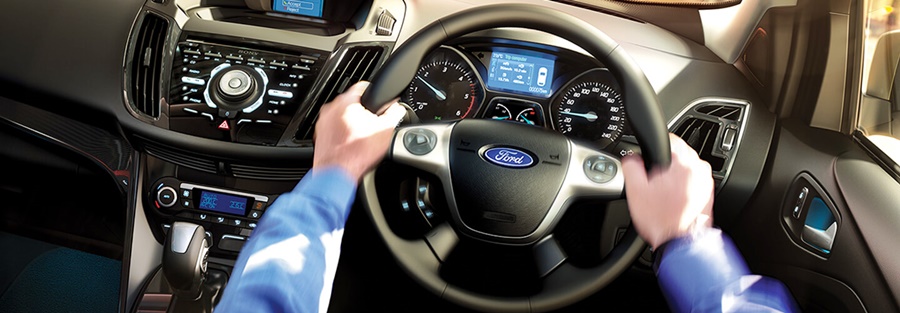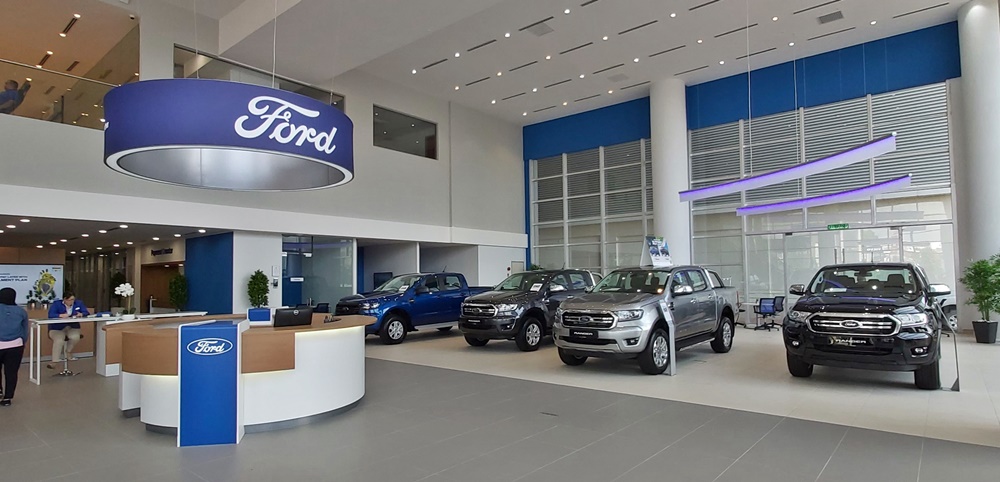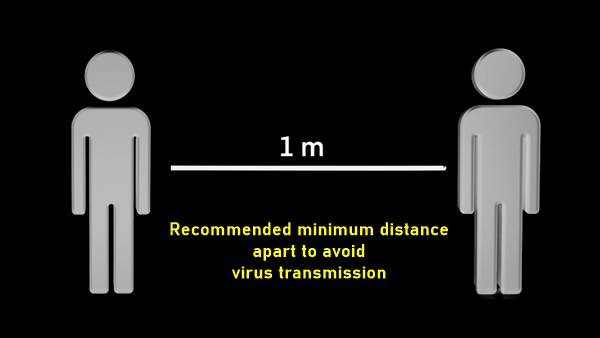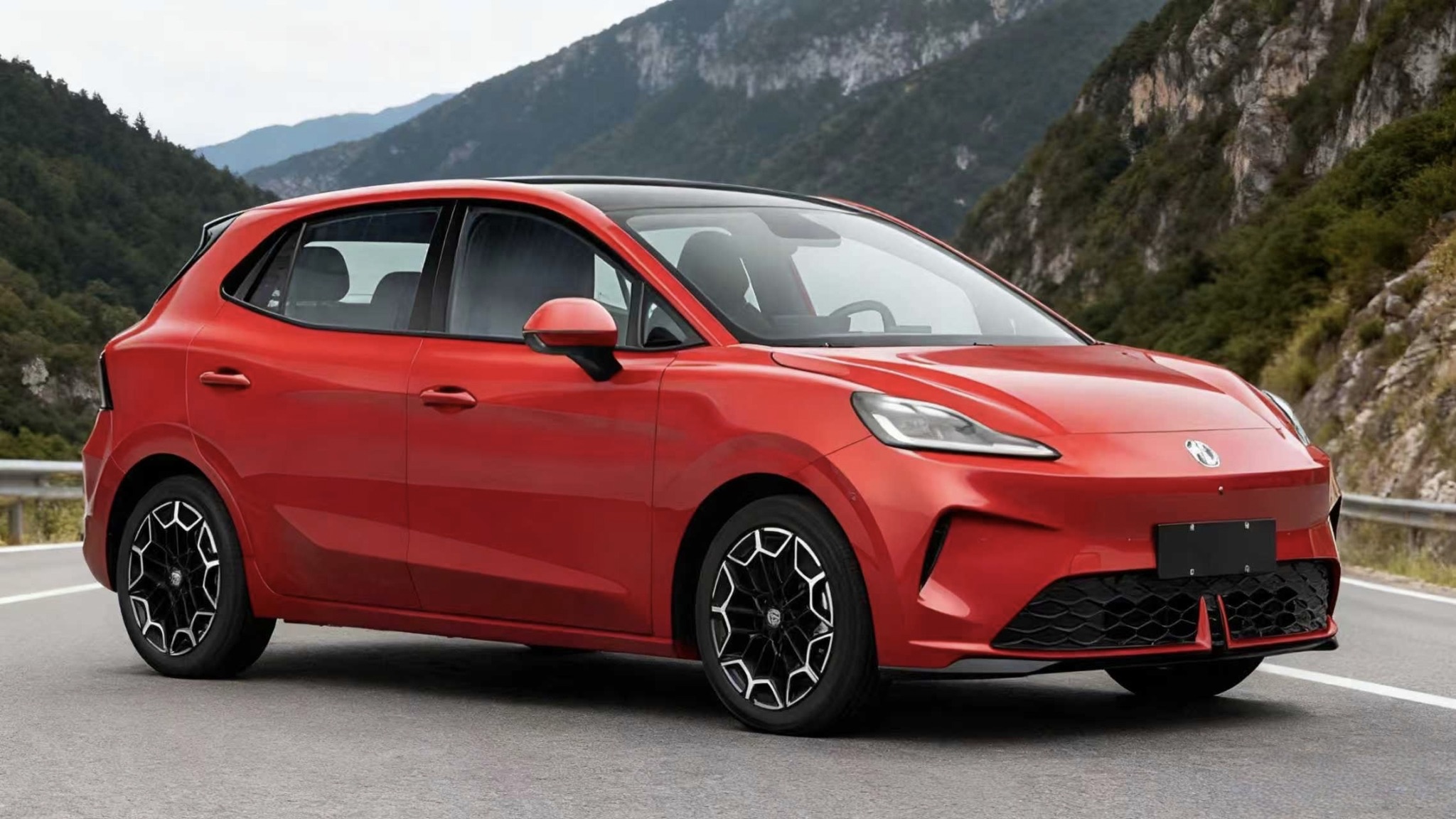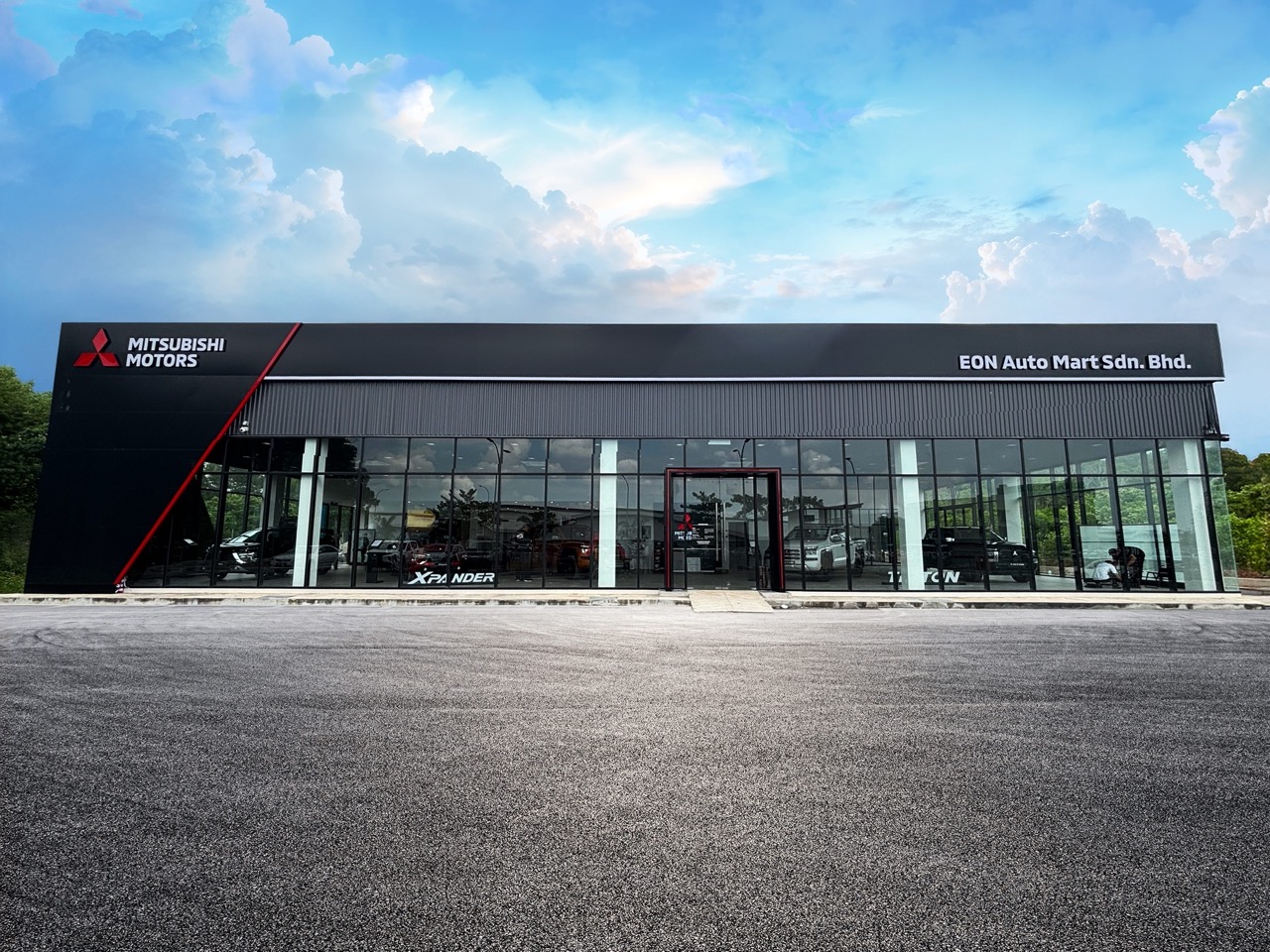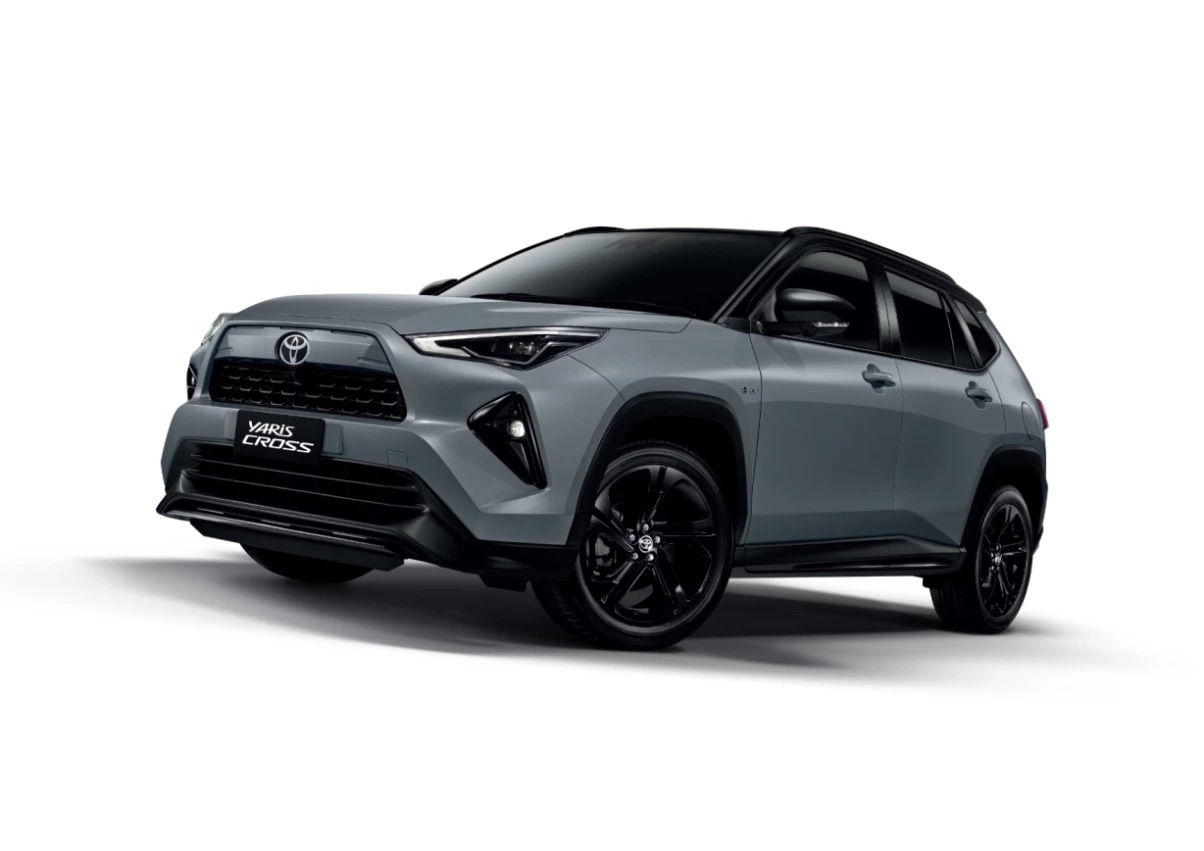The Targa top is a feature of Porsche’s which goes back over 50 years and offers a semi-convertible design that has been available on the 911 model. Although the concept is used by some other carmakers, the ‘Targa’ name can only be used by Porsche which was clever enough to apply for trademark protection many decades ago.
And through the different generations of the 911, a Targa variant has been offered alongside the Coupe and Cabriolet. The same applies to the latest generation and this third body variant is available as the all-wheel drive 911 Targa 4 and 911 Targa 4S models.
Fully automatic roof system
As with earlier Targa models, there is the innovative, fully automatic roof system. Just like the original Targa model from 1965, it consists of a characteristic wide roll hoop, a movable roof section above the front seats and a wraparound rear window. The roof can be opened and closed within 19 seconds.
The exterior of the 911 Targa is characterised by the design elements of its 992 model generation. Compared to its predecessors, the latest bodywork features significantly more pronounced wheel housings at the front and, between its LED headlights, its bonnet has a distinctive recess evoking the design of the first 911 generations.
The rear is dominated by a wider, variably extending rear spoiler and seamlessly integrated, elegant light bar. With the exception of the front and rear sections, the entire outer skin is made from aluminium.
The interior echoes the 911 Carrera models and is characterised by the clear and straight lines of its dashboard and its recessed instruments. The 911 models from the 1970s provided the inspiration here. Alongside the centrally-positioned tachometer – very much a defining feature for Porsche – two thin, frameless freeform displays extend the information provided to the driver.
A compact switch unit with 5 buttons for direct access to important vehicle functions is located below the 10.9-inch centre screen of the Porsche Communication Management (PCM). Standard PCM features include online navigation based on swarm data as well as Connect Plus with Apple Car Play.
At the rear lives a 6-cylinder, 3-litre Boxer engine with twin turbochargers. Tuned for the 911 Targa 4, it produces 385 ps/450 Nm and, in combination with the optional Sport Chrono package, accelerates from 0 to 100 km/h in 4.2 seconds, it is claimed. For the 911 Targa 4S, the output is 450 ps/530 Nm, giving a claimed 0 to 100 km/h time of 3.6 seconds and a top speed said to be 304 km/h, 15 km/h faster than the 911 Targa 4.
Both cars use an 8-speed dual-clutch transmission (PDK) and intelligent all-wheel drive Porsche Traction Management (PTM) is standard. Alternatively, the 911 Targa 4S can be ordered with the newly developed 7-speed manual gearbox, with which the Sport Chrono package is included.
New technology has also been integrated to extend the range of features for both 911 models. For the first time, Porsche InnoDrive, which includes adaptive cruise control, is available. Thanks to the enhanced Smartlift function, ground clearance can be programmed so that it is raised for everyday use.
The original 911 Targa. It was presented in 1965 as ‘The first standard safety cabriolet in the world’. The fixed Targa bar, derived from the roll-over bar which had proven itself in racing events, guaranteed a high level of protection for the occupants. The hood concept, patented in August 1965, also had other advantages. It solved the problem of the fabric hood bulging unattractively at speed on motorways just as reliably as it did the issue of body distortion, which was common with convertibles at that time.
Further developed chassis
The electronically-controlled variable damping system PASM (Porsche Active Suspension Management) is part of the standard equipment on the new 911 Targa models. This system automatically adjusts the damping characteristics in terms of driving comfort and handling to each driving situation and has two manually adjustable maps, Normal and Sport.
On the Targa 4, deceleration is taken care of on both axles by 330-mm brake discs with black 4-piston monobloc fixed calipers. The red-painted brake callipers on the Targa 4S have 6 pistons at the front axle, 4 at the rear while its discs measure 350 mm front and rear. The Porsche Ceramic Composite Brake can be ordered as an option.
Visit www.porsche.com.my to know more about the new and pre-owned models available in Malaysia.

